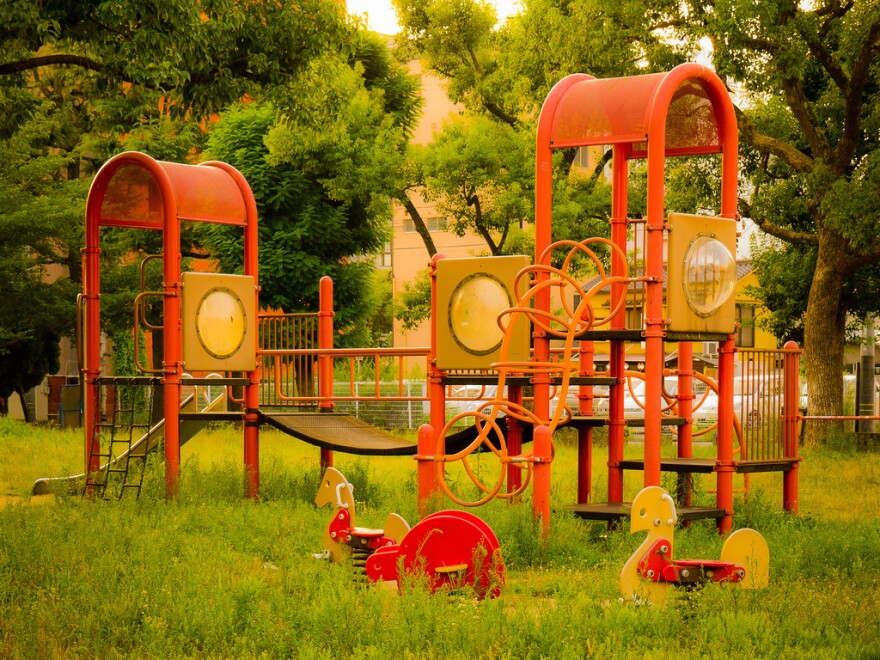Instead of letting the adults decide how to overhaul a school playground, why not go to the consumers?
Why not ask the kids who will be using it?
That’s the idea behind the design and upcoming construction of a new playscape at Ann Arbor’s STEAM at Northside school, and the organizers think what they’ve learned can help other schools.
STEAM stands for science, technology, engineering, art and mathematics, art and design teacher Rachael Van Dyke explains, and is a derivative of the more common STEM approach.
“They really felt over the years as STEM’s been growing that the arts is a part of everything, and it would be a sad thing to leave the arts out of the students’ learning,” Van Dyke says.

Laura Amtower, a Master of Fine Arts student at the Penny W. Stamps School of Art and Design at the University of Michigan, explains that a playscape is “a hybrid of a man-made playground and more of a natural landscape-based space.”
Van Dyke tells us that the students were tasked with designing the new playground while keeping in mind the things they were learning in their classes.
“For instance with fifth grade, they’re learning about kinetic and potential energy,” Van Dyke says. “We knew that the kids said they really wanted to use the hill. … They actually ran the hill, they thought about what they learned in their fifth-grade unit, and then they designed a pathway.”
Once each class had put together a playscape proposal, Van Dyke says they were presented to the whole school community and voted on.
Construction on the new playscape began in June.
Laura Amtower, Rachael Van Dyke and her student, Lily Papp, tell us more about getting the students involved in the design process in our conversation above.


